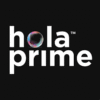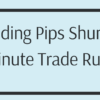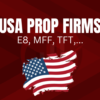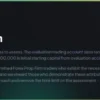Understanding the differences between Finotive Funding and FTMO is crucial for traders to decide which proprietary trading firm aligns best with their trading strategies. This detailed comparison sheds light on the unique trading objectives and requirements of each firm.
Detailed Trading Objectives Comparison
Here’s a comprehensive overview of the trading objectives for Finotive Funding and FTMO:
- Phase 1 Profit Target: Finotive Funding requires a 7.5% target, compared to FTMO’s higher target of 10%.
- Phase 2 Profit Target: Both firms aim for a 5% target.
- Maximum Daily Loss: A consistent 5% limit is maintained by both firms.
- Total Maximum Loss: Each sets a 10% cap.
- Minimum Trading Days: Finotive Funding does not impose a minimum, while FTMO requires at least 4 calendar days of trading.
- Maximum Trading Period: Unlimited trading periods in both phases are offered by each firm.
- Profit Split: Finotive Funding offers a range from 75% to 95%, in contrast to FTMO’s 80% to 90%.
This comparison shows that Finotive Funding and FTMO differ notably in areas like the Phase 1 profit target, minimum trading days, and profit split potential. Finotive Funding’s lower Phase 1 profit target and absence of minimum trading days might be more suitable for some traders, while its higher potential profit split of up to 95% is an appealing aspect compared to FTMO’s maximum of 90%. These distinctions underscore Finotive Funding’s flexible conditions and potentially higher rewards for successful traders.
























